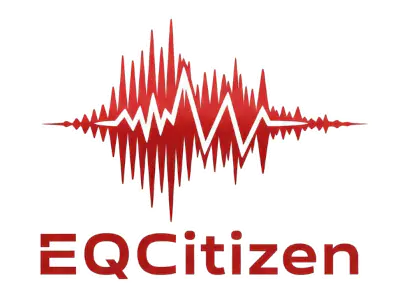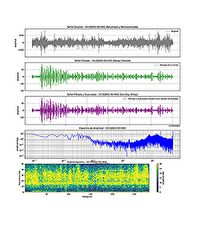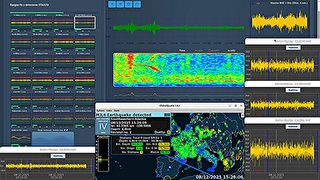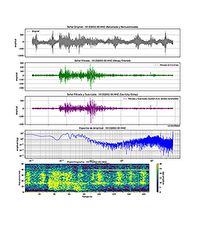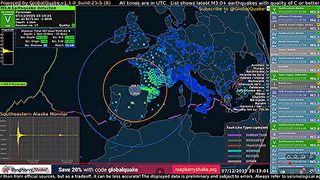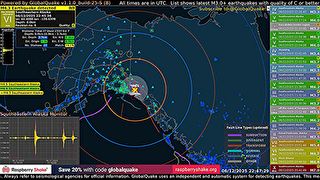It empowers individuals, schools, and communities to deploy real-time seismic sensors with zero configuration, transforming everyday spaces into nodes of a global geophysical network. Built on open hardware and open data principles, EQCitizen lowers the barrier to entry for seismic observation, making it possible for anyone, from hobbyists to educators, to participate in scientific monitoring and public safety.
Each seismic station captures ground motion, launch alarms, save and transmits mseed data, create helicorder-style visualizations that are instantly accessible via the web, enabling transparent sharing and collaborative analysis. The system is designed to be resilient and autonomous, with automated data logging, timestamp synchronization, and optional integration with alert systems or local networks. Whether installed in a classroom, a remote cabin, or an urban basement, EQCitizen contributes to a decentralized infrastructure for earthquake awareness that value, accessibility, redundancy, and community-driven science.
By combining low-cost hardware with robust software, EQCitizen fosters a culture of curiosity and preparedness. It's not just a tool: it's an invitation to observe, learn, and connect. From local tremors to global seismic events, every signal matters. EQCitizen ensures that those signals are captured, visualized, and shared, democratizing seismology.
This system is in Beta development, so possible graphics, system glitches or interrupts are expected.
Unlike professional stations located in remote or mountainous areas -where the environment is more "quiet" and free from interference- our stations are exposed to the hustle and bustle of the population, often located in urban environments.
Traffic, construction, everyday vibrations, and even a garbage truck generate vibrations that can appear on the helicorder as abrupt movements or unusual patterns. These don't always correspond to actual seismic activity, but rather reflect daily interaction with neighbors, public services, and the constant rhythm of the city.
When interpreting the data, it's important to keep in mind that this is a citizen station: more "contaminated" by the environment, but also closer to the community. Its value lies in bringing science closer to people, even if that means living with a bit of noise.
Although data from a citizen station may seem "noisy," it also opens up a unique opportunity: for the first time, we can observe the seismic pulse of our cities. Every vibration, every pattern, every anomaly can be transformed into useful information to better understand how each urban area behaves. Over time, this data can help detect local patterns, improve emergency response, and bring science closer to everyday life. Your city has a lot to tell, too!
